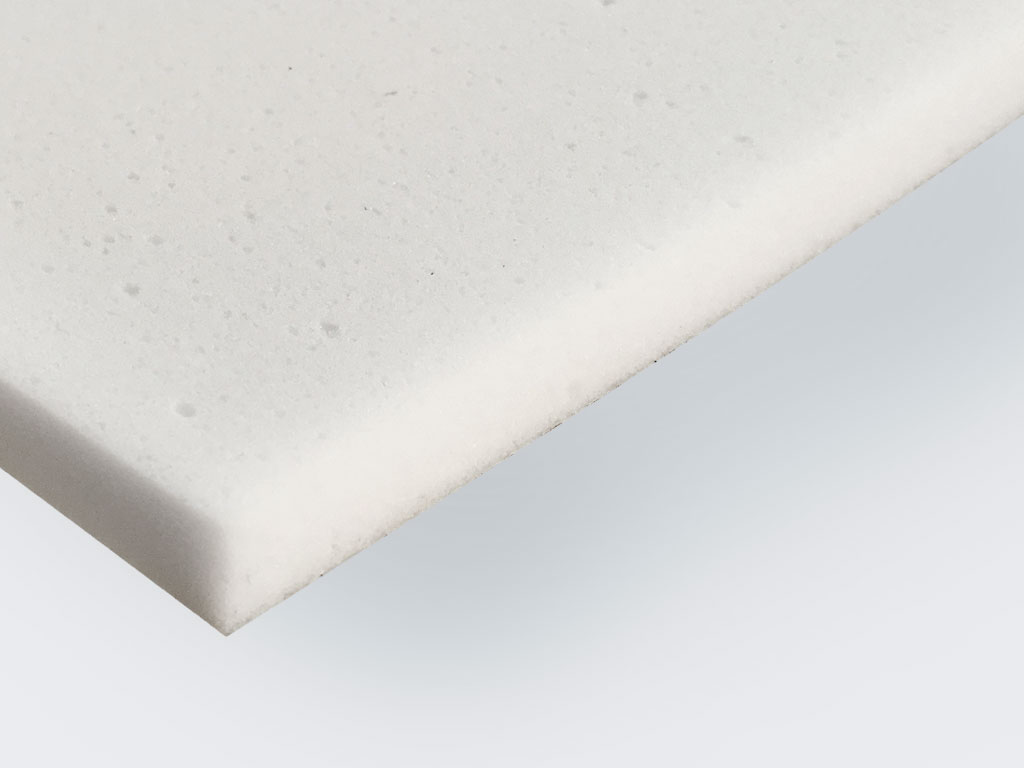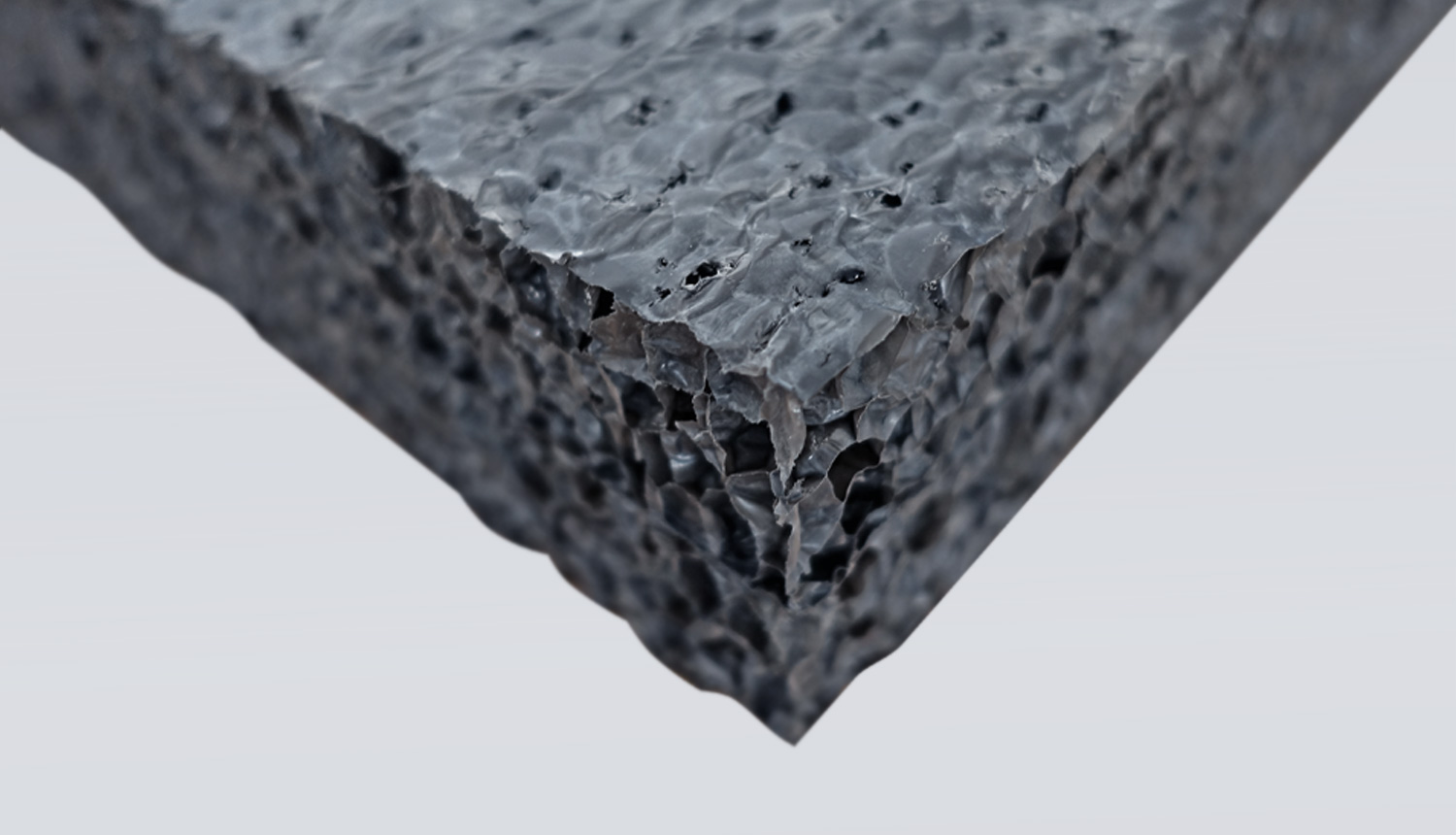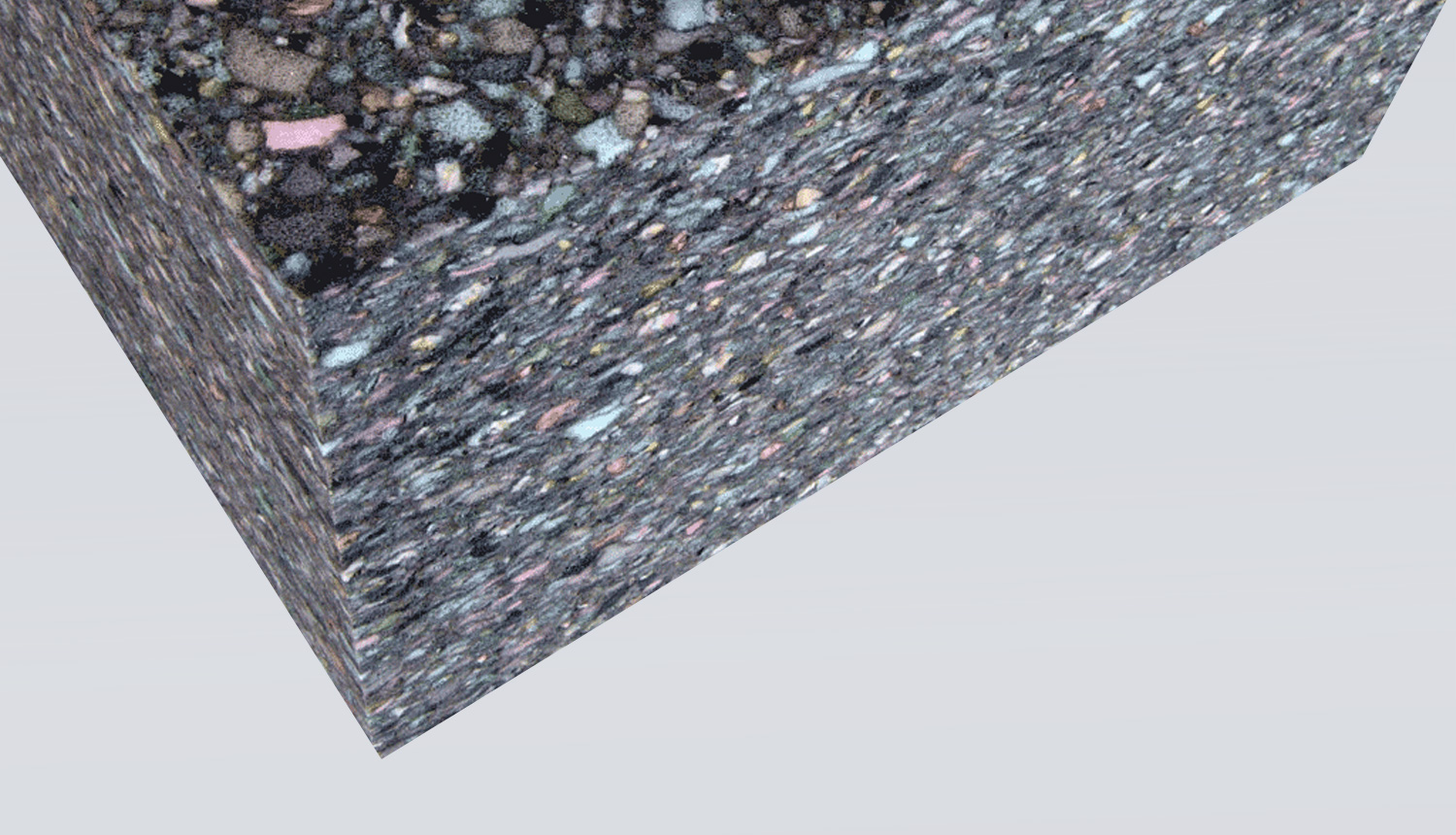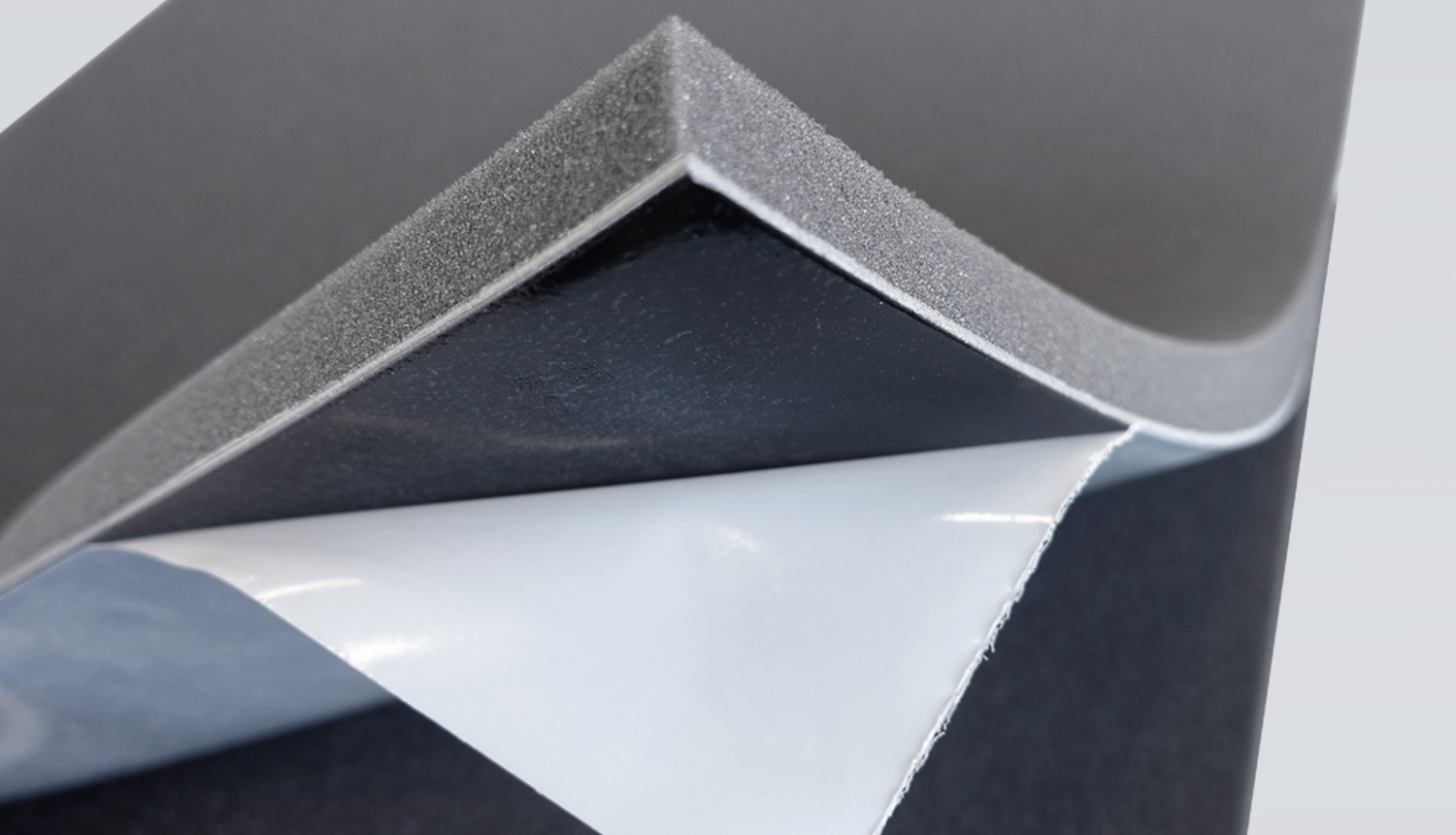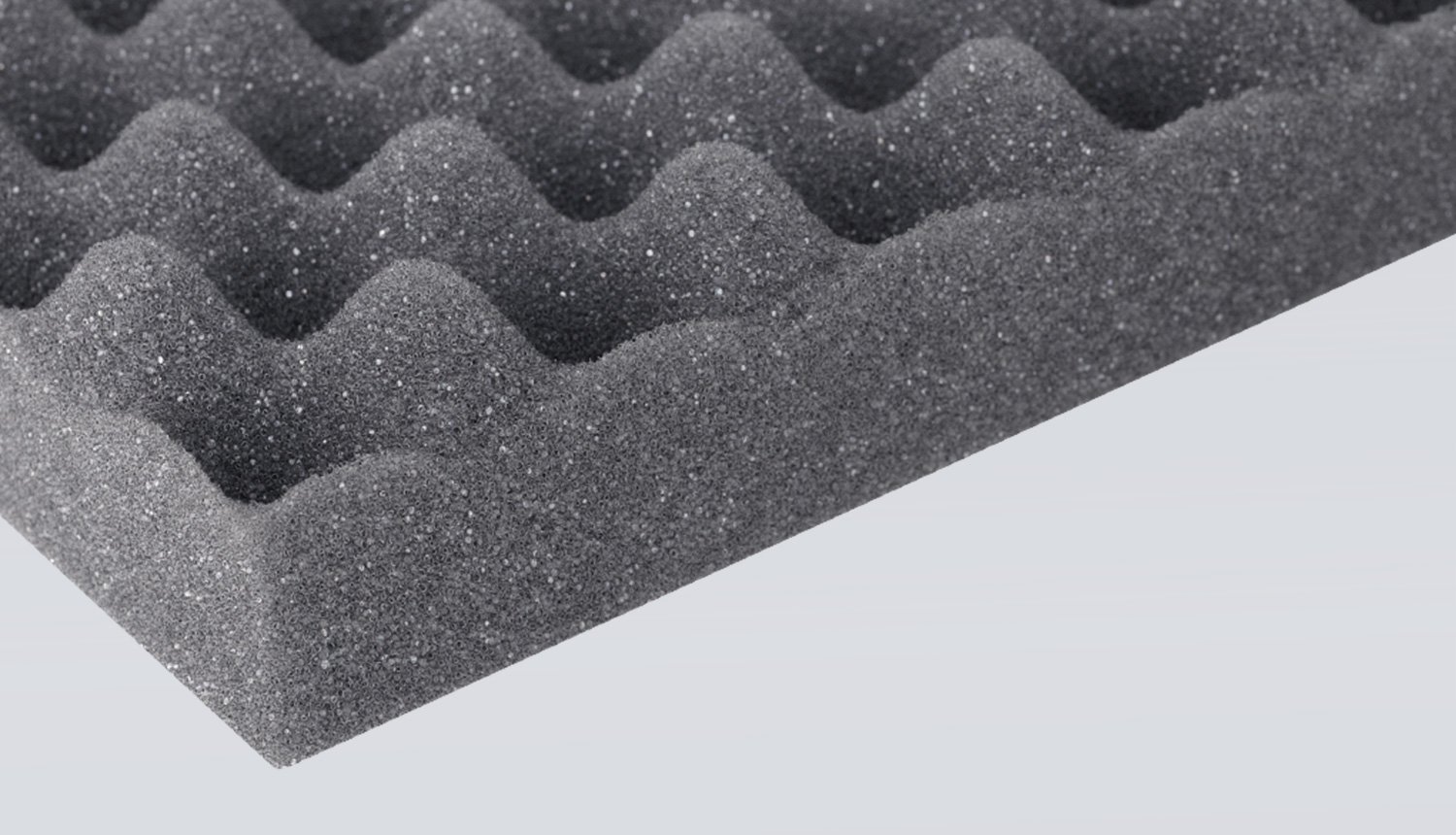Heat pump sound insulation
Measures and materials to improve noise sources in heat pumps.
To attenuate the noise, you have to encapsulate the unit, i.e. build a kind of space around the heat pump and line this space on the inside with an approx. 50 - 60 mm thick noise protection foam - if the area is dry, our PUR recycled foams can be perfectly suitable.
If you have to comply with particularly high fire protection requirements or are only allowed to use flame-retardant materials, our melamine foams Basotect? G+ with a wide variety of surface coatings are the right choice. However, these flame-retardant foams do not insulate thereby as well as the PUR recycled foam. For optimum insulation, however, you can use our Teroform? plastic heavy layer/PUR foam combination noise insulation mats.?
If the heat pump is located outdoors or in an area that is damp or wet, the foams mentioned above are not suitable because they absorb water and are destroyed by the weather. Outdoors, you should line heat pumps with our Vibra?Quash polyethylene foam, as it does not absorb moisture and has very good weather resistance. However, you can also encapsulate the heat pump outdoors and then proceed as described above. The thicker you choose the foam, the better the insulation.?
If the heat pump is located in a room, you can also choose to insulate the room. You would then simply have to install the foams described above on the walls and ceilings so that the noise does not get outside.
Most heat pumps also need to be ventilated. Of course, this cannot be directly combined with noise insulation. You therefore have to build an additional ventilation duct and line it with foam on the inside so that air can be sucked in or blown out. Ideally, you should nest the duct so that the sound cannot escape directly - e.g. in a U-shape. Suitable foam could be a nubbly Silphon? foam between 30 - 60 mm thick, which you glue to the inner walls of the duct.
?
?

